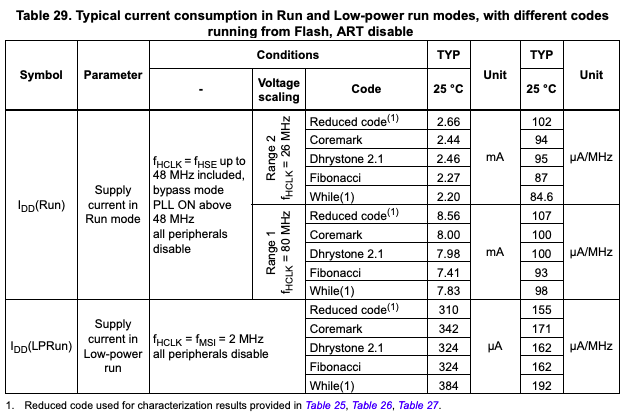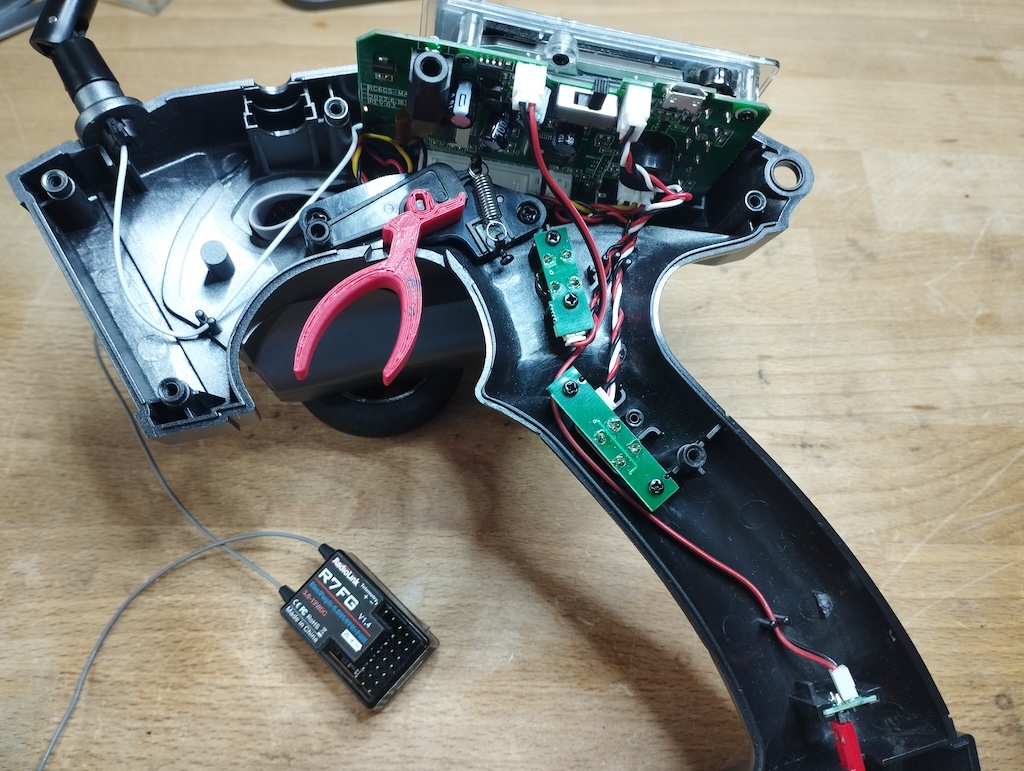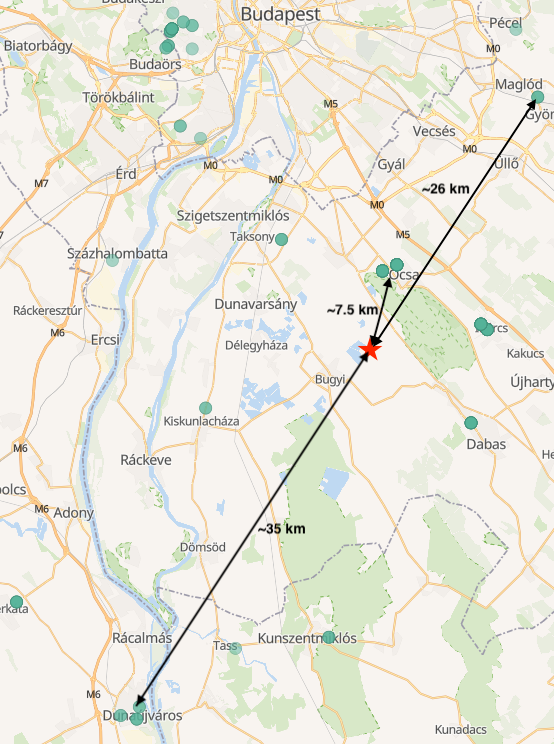In this post I’ll show a relatively easy way to scale the MCU clock dynamically.
There is a section in the STM32L4 MCU’s datasheet called “Supply current characteristics”, and it has an interesting table detailing power consumption for various payloads as µA/MHz.

Such a table suggest to clock the MCU to a reasonably high frequency, and go to SLEEP mode as soon as CPU is not used. Unfortunately, having the CPU in SLEEP mode at 8 MHz consumes ~250 µA (range 2, 25 °C), while SLEEP mode at 48 Mhz sets you back by ~1.34 mA (range 1). There is more than 1 mA difference for the same task (doing nothing), and it increases significantly at higher ambient temperatures.
In general, the way to long battery life are the STOPx and STANDBY modes. However, if your project needs fast clocks only for a short period of time, and works fine at lower speeds in the rest of the time, this trick will come handy.


